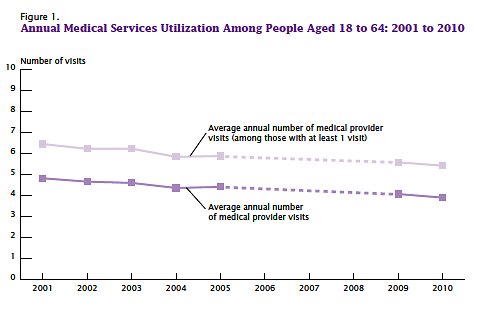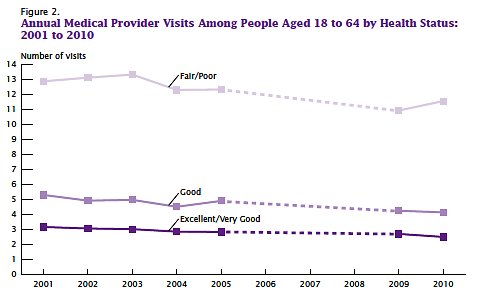President Obama’s budget includes a controversial — at least on the left — change in the way Social Security benefits are adjusted for inflation that would save the government about $130 billion over 10 years, but would reduce payments for tens of millions of Americans over time.
The switch, to a “chained consumer price index,” would allow Social Security benefits to grow more slowly. That might more accurately reflect the overall growth in prices for things like home rentals, electronics and food. But it might not more accurately reflect the price inflation that older Americans tend to experience, as my colleague Eduardo Porter has pointed out.
The change would mean less money for the elderly. But it would also mean less money for children.
One underappreciated point is that Social Security benefits millions of children and working-age Americans, as well as older adults. According to calculations of census data performed by the Center on Budget and Policy Priorities, a left-leaning Washington research group, Social Security keeps about 21 million Americans above the poverty line every year. About a third of those people are younger than retirement age, and about 1.1 million of them are under age 18.
It is not just those very low-income families that benefit, either. As of 2011, about six million children, or 8 percent of all people under 18, lived in a household receiving Social Security benefits. In part, that is because so many households with children also include a grandparent. But more than four million children are direct recipients of benefits, too, often because they have a deceased or disabled parent.
President Obama’s chained C.P.I. proposal does include protections that would prevent benefit reductions for many of the most vulnerable households. Means-tested benefit programs — like the Supplemental Security Income program — would not be affected, for instance. And economists believe that the switch to chained C.P.I. would have a negligible impact on the poverty rate over all, while reducing poverty for the very old.
Nevertheless, reductions in Social Security benefits would mean reductions in family incomes, including those of millions of families with children. And children who qualify for Social Security benefits because they have a disabled, deceased or retired parent or guardian would see slower-growing benefits too.
Article source: http://economix.blogs.nytimes.com/2013/04/12/how-social-security-cuts-could-affect-children/?partner=rss&emc=rss








